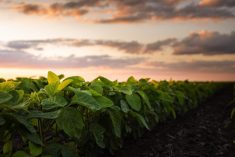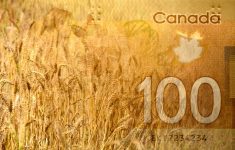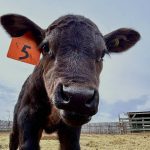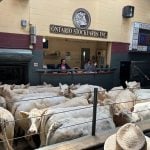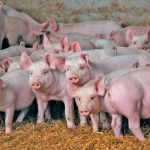U.S. hog futures fell more than two per cent on Wednesday amid growing concerns cooler temperatures could boost hog supplies, pressuring cash hog prices, said analysts and traders.
Chicago Mercantile Exchange (CME) live cattle futures closed mostly weak and feeder cattle ended lower.
Hogs at the CME dropped after government data showed live hogs on average gained weight two weeks in a row, signaling to some the possible beginning of the seasonal rise in hog numbers, said traders.
October closed 1.825 cents lower, or 2.36 per cent, to 75.6 cents per pound and December ended 1.55 cents lower, or 2.07 per cent, at 73.275 cents (all figures US$).
Read Also
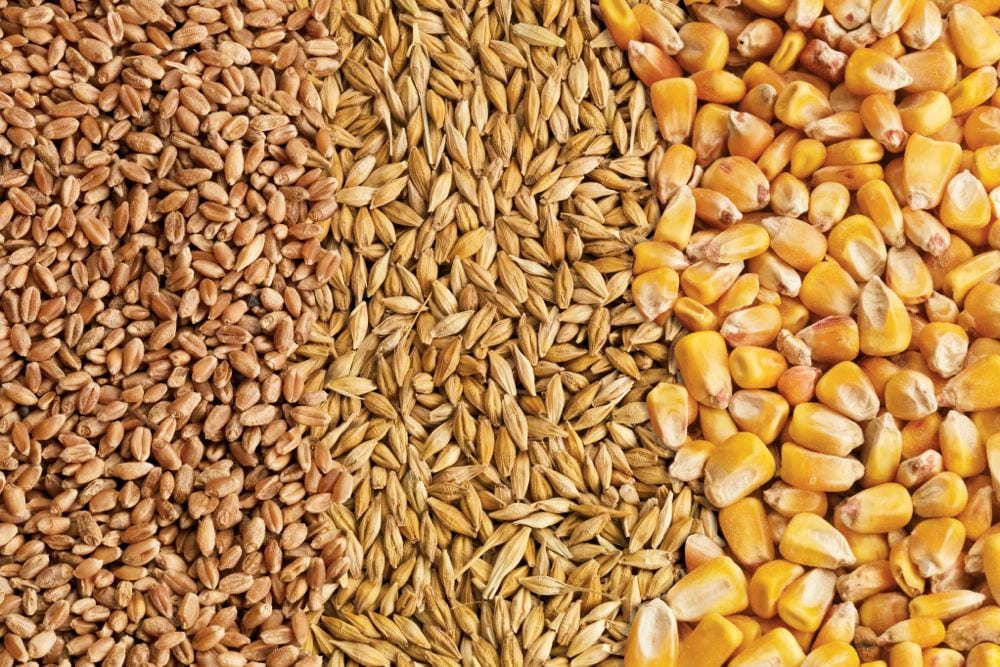
Feed Grains Weekly: Price likely to keep stepping back
As the harvest in southern Alberta presses on, a broker said that is one of the factors pulling feed prices lower in the region. Darcy Haley, vice-president of Ag Value Brokers in Lethbridge, added that lower cattle numbers in feedlots, plentiful amounts of grass for cattle to graze and a lacklustre export market also weighed on feed prices.
Cooler weather allow hogs to grow quicker, at times limiting the need for packers to buy them at higher prices.
Others also attributed the recent growth in hog numbers to producers rushing some of their animals to market as the worst drought in U.S. Midwest in more than 50 years shot feed costs to record highs.
Traders said futures also corrected after reacting Monday to the Obama administration’s plans to buy $170 million worth of meat and fish to help livestock producers hurt by the drought.
"We’re right at where we opened on Monday before the meat announcement," said independent CME hog trader James Burns.
Beef demand
August CME live cattle was supported by higher cash cattle price sentiment amid strong wholesale beef demand and tight supplies, said analysts and traders.
Remaining cattle months wilted on profit-taking and as a few traders adjusted positions before Friday’s U.S. Department of Agriculture monthly cattle-on-feed report.
Analysts expect the data to show a big jump in the number of cattle placed into feedlots from June to July as the drought in the Midwest spread.
Spot August closed up 0.125 cent, or 0.1 per cent, at 122.05 cents/lb. Most-actively traded October ended down 0.25 cent, or 0.2 per cent, to 126.65 cents.
Cash cattle bids stood at $117-$118 per cwt against $122-$124 asking prices.
The wholesale choice beef price Wednesday morning was estimated at $191.10 per cwt, up $1.89 from Tuesday and the highest since $192.65 on July 6, according to the U.S. Department of Agriculture.
Feeder cattle futures closed lower as corn prices resumed their upward climb, curbing demand from feedlots for younger cattle.
Spot August feeder cattle closed down 0.85 cent/lb., or 0.59 per cent, to 142.075 cents. Most-actively traded September closed at 144.475 cents, down 0.525 cent or 0.36 per cent.
— Theopolis Waters writes for Reuters from Chicago.




